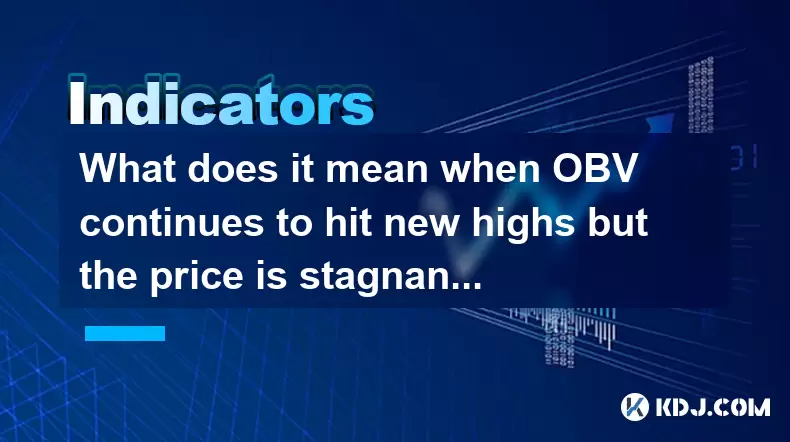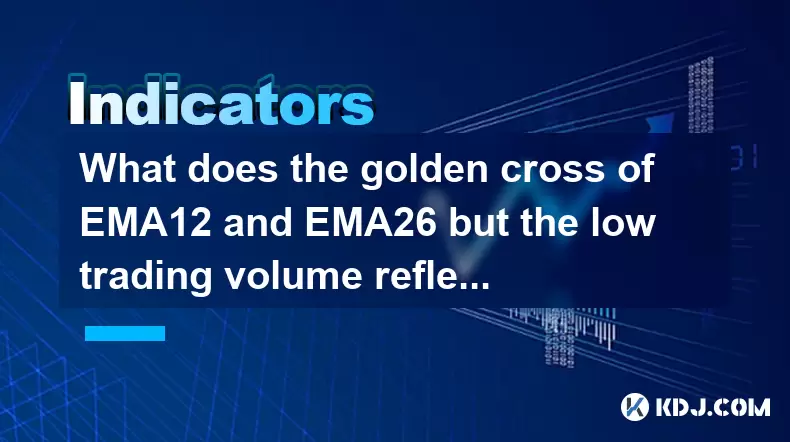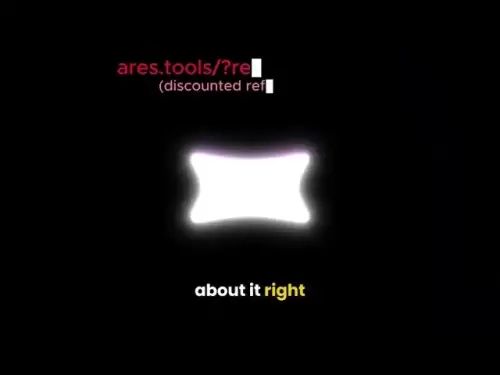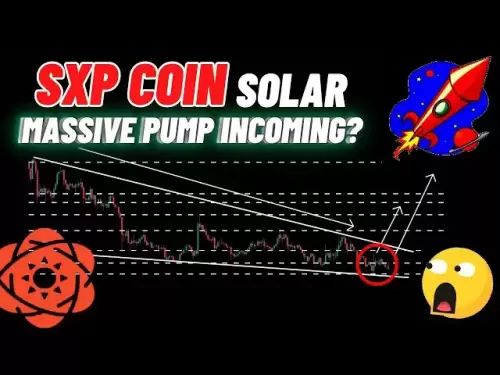-
 Bitcoin
Bitcoin $117500
2.04% -
 Ethereum
Ethereum $3759
3.02% -
 XRP
XRP $3.171
3.30% -
 Tether USDt
Tether USDt $1.000
0.03% -
 BNB
BNB $782.4
2.52% -
 Solana
Solana $187.2
5.62% -
 USDC
USDC $0.0000
0.02% -
 Dogecoin
Dogecoin $0.2380
5.26% -
 TRON
TRON $0.3175
1.07% -
 Cardano
Cardano $0.8227
4.03% -
 Hyperliquid
Hyperliquid $44.50
5.44% -
 Sui
Sui $4.020
10.07% -
 Stellar
Stellar $0.4396
6.28% -
 Chainlink
Chainlink $18.32
4.55% -
 Hedera
Hedera $0.2628
10.71% -
 Bitcoin Cash
Bitcoin Cash $554.8
4.90% -
 Avalanche
Avalanche $24.20
4.60% -
 Litecoin
Litecoin $113.7
2.31% -
 Shiba Inu
Shiba Inu $0.00001413
5.99% -
 UNUS SED LEO
UNUS SED LEO $8.984
0.11% -
 Toncoin
Toncoin $3.326
7.22% -
 Ethena USDe
Ethena USDe $1.001
0.00% -
 Uniswap
Uniswap $10.49
4.56% -
 Polkadot
Polkadot $4.092
4.02% -
 Monero
Monero $326.6
1.30% -
 Dai
Dai $1.000
-0.01% -
 Bitget Token
Bitget Token $4.570
2.49% -
 Pepe
Pepe $0.00001267
5.10% -
 Aave
Aave $297.3
3.10% -
 Cronos
Cronos $0.1344
4.10%
How to identify the mid-term starting signal of daily line breaking through the annual line + 4-hour trading volume continuously enlarged?
A daily close above the 200-day MA with sustained 4-hour volume expansion signals a potential mid-term bullish breakout, especially after prolonged consolidation.
Jul 24, 2025 at 07:56 pm

Understanding the Key Components: Daily Line Breaking Through the Annual Line
When analyzing cryptocurrency price charts, the daily line breaking through the annual line refers to the 200-day moving average (commonly known as the annual line) being crossed by the current closing price of the asset. This event is considered a pivotal technical signal, especially in mid-term trend identification. The 200-day moving average is calculated by averaging the closing prices of the last 200 trading days and is widely used to determine the long-term trend direction. When the daily closing price moves above this line and remains sustained, it suggests a potential shift from a bearish to a bullish trend. Traders interpret this as a bullish crossover, indicating growing market confidence and accumulation by large investors.
For this signal to be reliable, the breakout should not be a one-day anomaly. Instead, it must be confirmed over multiple days with consistent closes above the 200-day MA. A strong breakout is often accompanied by a widening gap between the price and the moving average, showing momentum. The significance increases when the asset has been trading below the annual line for an extended period, making the breakout a reversal signal rather than a continuation. This phase often marks the beginning of a mid-term bullish cycle, especially when supported by other indicators such as volume and market sentiment.
Role of 4-Hour Trading Volume in Confirming the Signal
While the daily price crossing the 200-day MA is a foundational signal, it gains credibility when supported by 4-hour trading volume expansion. Volume is a critical confirmation tool in technical analysis because it reflects the intensity of market participation. An increase in trading volume on the 4-hour chart indicates that more traders are actively buying or selling the asset within short timeframes, which can foreshadow sustained price movement.
To identify volume expansion, traders should compare current 4-hour volume bars with historical averages over the past 30 to 60 days. A sustained enlargement of volume across multiple 4-hour candles—especially during upward price movements—confirms that institutional or whale-level activity may be entering the market. This is particularly important because low-volume breakouts are often false signals, prone to reversal. When volume grows consistently on the 4-hour timeframe, it suggests that the breakout has real market backing, reducing the likelihood of a "fakeout."
How to Set Up Your Chart for Signal Detection
To accurately identify this mid-term signal, proper chart configuration is essential. Begin by opening a cryptocurrency trading platform such as TradingView or Binance Futures. Select the asset you wish to analyze and set the primary chart to the daily timeframe. Overlay the 200-day simple moving average (SMA) on this chart. Ensure the SMA is based on closing prices and is calculated correctly.
Next, open a secondary window or tab with the 4-hour chart of the same asset. On this chart, enable the volume indicator, typically displayed as a histogram at the bottom. Adjust the volume settings to show real trading volume (not tick volume), which is available on most major exchanges. Synchronize the time periods so that the most recent daily candle aligns with the latest 4-hour candles. This allows you to cross-verify whether the daily breakout coincides with rising volume on the 4-hour scale.
- Ensure the 200-day SMA is visible and properly calculated
- Confirm that volume data is accurate and not delayed
- Use candlestick charts for both timeframes to observe price action
- Apply horizontal lines to mark key support/resistance levels near the breakout point
Step-by-Step Identification of the Mid-Term Signal
Detecting this signal requires a systematic approach. Follow these steps carefully:
- Monitor the daily chart for the closing price to move above the 200-day moving average
- Verify that the close remains above the line for at least two consecutive days
- Switch to the 4-hour chart and examine the volume bars during the breakout period
- Look for three or more consecutive 4-hour candles showing increasing volume
- Confirm that volume is significantly higher than the 30-day average volume on the 4-hour chart
- Check for bullish candlestick patterns (e.g., engulfing, hammer) on both timeframes
- Ensure no major resistance levels are directly above the current price that could stall the move
If all these conditions are met, the probability of a genuine mid-term uptrend initiation increases substantially. The combination of daily MA breakout and volume confirmation acts as a dual filter, reducing false signals.
Common Pitfalls and How to Avoid Them
Many traders misinterpret this signal due to incomplete analysis. One common mistake is acting on a single-day close above the 200-day MA without volume support. Such breakouts often fail, leading to losses. Another error is ignoring the broader market context. For example, if Bitcoin is in a strong downtrend, altcoins may struggle to sustain breakouts even with favorable volume.
Also, exchange-specific volume discrepancies can mislead traders. Some exchanges report inflated or manipulated volume. Always use reputable exchanges like Binance, Coinbase, or Kraken for volume analysis. Additionally, avoid relying solely on automated alerts without manual verification. Set up price and volume alerts, but confirm the signal visually on the chart.
Practical Example: Identifying the Signal on a Real Chart
Consider a scenario with Ethereum (ETH/USDT). Over several months, ETH trades below its 200-day SMA, indicating a bear market. On Day X, the daily candle closes above the 200-day line. You note this but do not act immediately. Over the next two days, ETH continues to close higher, maintaining position above the MA.
You switch to the 4-hour chart and observe that during the breakout, volume spikes 150% above its 30-day average. The next four 4-hour candles show sustained high volume, with each green candle accompanied by a larger volume bar. There are no immediate resistance zones within 10% of the current price. This confluence of factors—daily breakout, multi-day confirmation, and expanding 4-hour volume—validates the mid-term starting signal.
FAQs
What if the daily price breaks above the 200-day MA but volume decreases on the 4-hour chart?
This scenario suggests weak participation and a high chance of a false breakout. Without volume support, the move lacks sustainability. It’s safer to wait for volume to increase before considering entry.
Can this signal appear during a sideways market?
Yes, but it’s less reliable. In ranging markets, the 200-day MA may flatten, and breakouts can be temporary. Volume confirmation becomes even more critical in such conditions.
Should I use the 200-day EMA instead of SMA for this analysis?
The SMA is preferred for this signal because it provides a smoother, long-term average. The EMA reacts faster and may generate premature signals in volatile crypto markets.
How long should the 4-hour volume enlargement last to confirm the signal?
Look for at least 6 to 8 consecutive 4-hour candles with above-average volume. Shorter bursts may indicate short-term speculation rather than institutional accumulation.
Disclaimer:info@kdj.com
The information provided is not trading advice. kdj.com does not assume any responsibility for any investments made based on the information provided in this article. Cryptocurrencies are highly volatile and it is highly recommended that you invest with caution after thorough research!
If you believe that the content used on this website infringes your copyright, please contact us immediately (info@kdj.com) and we will delete it promptly.
- Dogecoin Trajectory: From Meme to Mainstream and Beyond in Crypto
- 2025-07-26 17:10:14
- LasMeta, Pyth Network, NovaDrop NFTs: Decoding the Buzz
- 2025-07-26 16:30:12
- VeChain (VET) Price Prediction: Will VET Reach $0.040 in August 2025?
- 2025-07-26 16:50:12
- CAKE Price Surges: PancakeSwap's Bullish Momentum Analyzed
- 2025-07-26 16:50:12
- AAVE Price Check: $50B TVL Party vs. Bearish Buzzkills
- 2025-07-26 17:15:29
- Internet Computer (ICP): Riding the Waves of Altcoin Selloff - A NY Perspective
- 2025-07-26 17:20:12
Related knowledge

What does it mean that the rebound is blocked after the moving average is arranged in a short position for the first time?
Jul 26,2025 at 10:51am
Understanding the Short-Term Moving Average ConfigurationWhen traders refer to a 'short position arrangement' in moving averages, they are describing ...

What does it mean when the price rises along the 5-day moving average for five consecutive days?
Jul 26,2025 at 08:07am
Understanding the 5-Day Moving Average in Cryptocurrency TradingThe 5-day moving average (5DMA) is a widely used technical indicator in cryptocurrency...

What does it mean when the price breaks through the 60-day moving average with a large volume but shrinks the next day?
Jul 26,2025 at 06:01am
Understanding the 60-Day Moving Average in Cryptocurrency TradingThe 60-day moving average (60DMA) is a widely used technical indicator in the cryptoc...

What does the sudden rise of ADX in DMI accompanied by +DI crossing -DI indicate?
Jul 26,2025 at 01:21pm
Understanding the DMI and Its Core ComponentsThe Directional Movement Index (DMI) is a technical analysis tool used to determine the presence and stre...

What does it mean when OBV continues to hit new highs but the price is stagnant?
Jul 26,2025 at 09:57am
Understanding the On-Balance Volume (OBV) IndicatorThe On-Balance Volume (OBV) is a technical analysis indicator that uses volume flow to predict chan...

What does the golden cross of EMA12 and EMA26 but the low trading volume reflect?
Jul 26,2025 at 06:44am
Understanding the Golden Cross in EMA12 and EMA26The golden cross is a widely recognized technical indicator in the cryptocurrency market, signaling a...

What does it mean that the rebound is blocked after the moving average is arranged in a short position for the first time?
Jul 26,2025 at 10:51am
Understanding the Short-Term Moving Average ConfigurationWhen traders refer to a 'short position arrangement' in moving averages, they are describing ...

What does it mean when the price rises along the 5-day moving average for five consecutive days?
Jul 26,2025 at 08:07am
Understanding the 5-Day Moving Average in Cryptocurrency TradingThe 5-day moving average (5DMA) is a widely used technical indicator in cryptocurrency...

What does it mean when the price breaks through the 60-day moving average with a large volume but shrinks the next day?
Jul 26,2025 at 06:01am
Understanding the 60-Day Moving Average in Cryptocurrency TradingThe 60-day moving average (60DMA) is a widely used technical indicator in the cryptoc...

What does the sudden rise of ADX in DMI accompanied by +DI crossing -DI indicate?
Jul 26,2025 at 01:21pm
Understanding the DMI and Its Core ComponentsThe Directional Movement Index (DMI) is a technical analysis tool used to determine the presence and stre...

What does it mean when OBV continues to hit new highs but the price is stagnant?
Jul 26,2025 at 09:57am
Understanding the On-Balance Volume (OBV) IndicatorThe On-Balance Volume (OBV) is a technical analysis indicator that uses volume flow to predict chan...

What does the golden cross of EMA12 and EMA26 but the low trading volume reflect?
Jul 26,2025 at 06:44am
Understanding the Golden Cross in EMA12 and EMA26The golden cross is a widely recognized technical indicator in the cryptocurrency market, signaling a...
See all articles

























































































